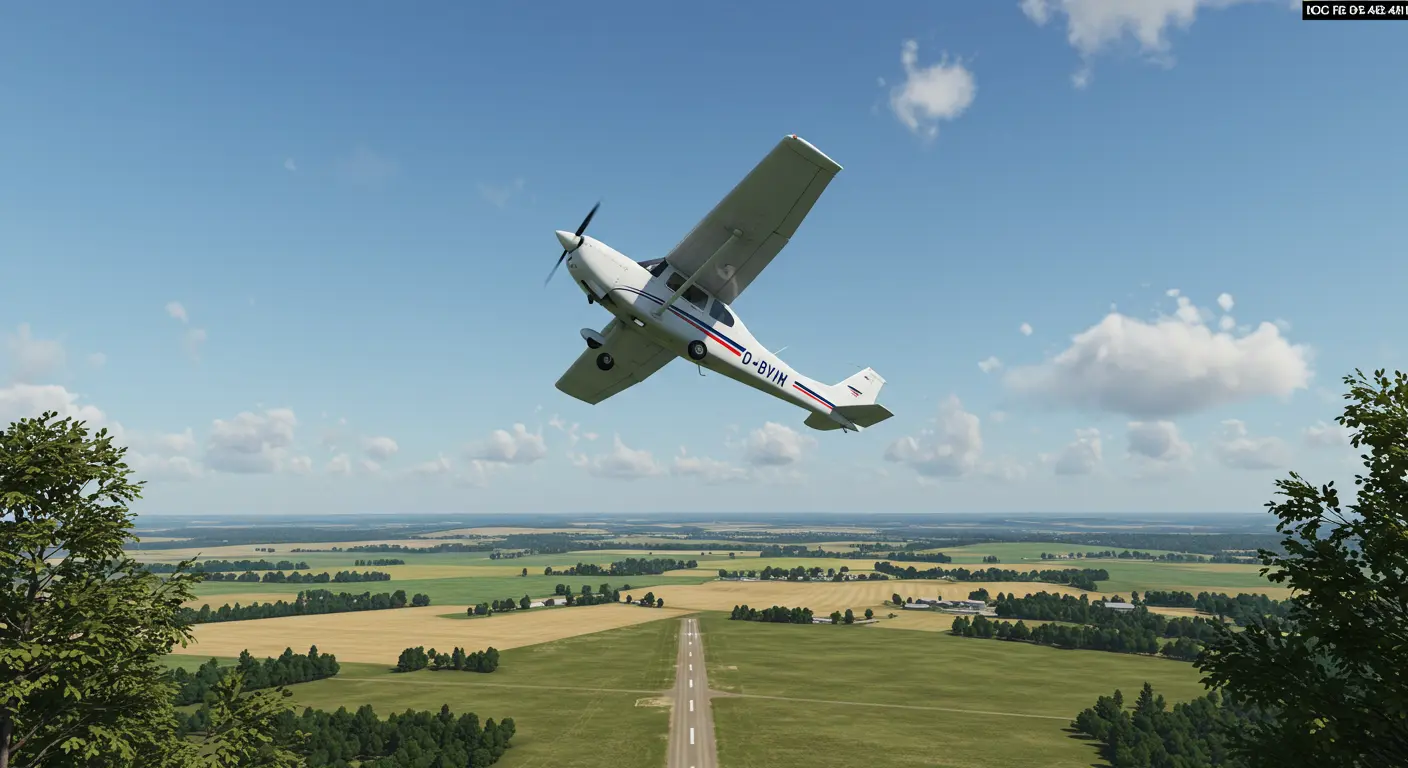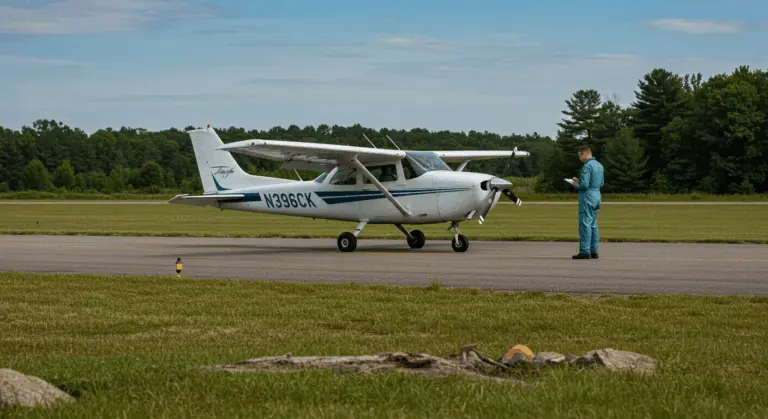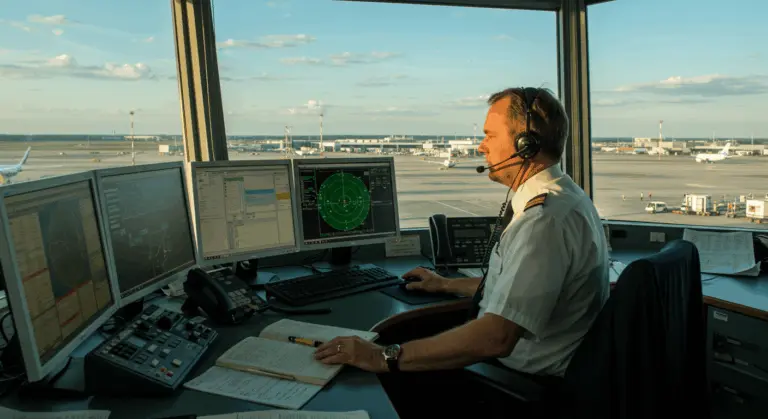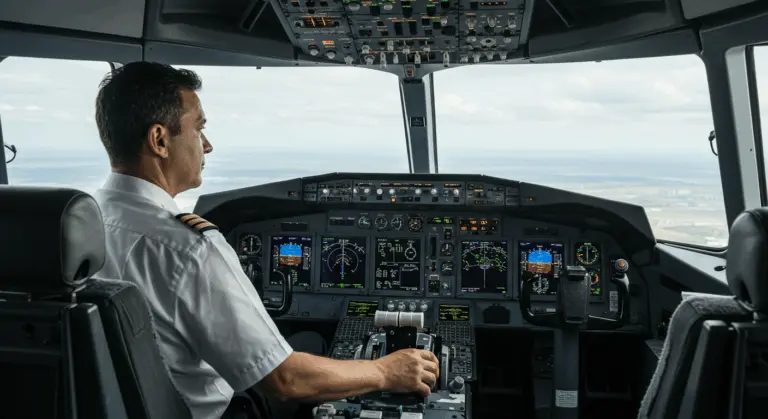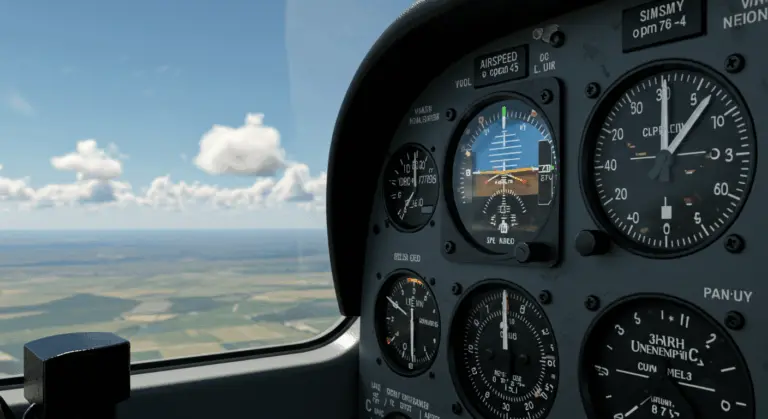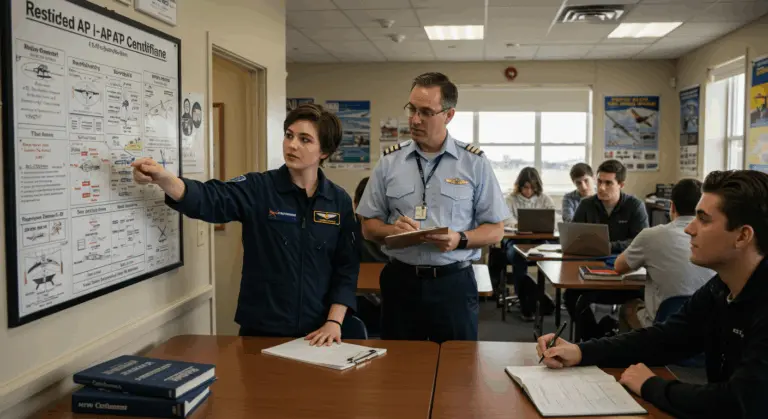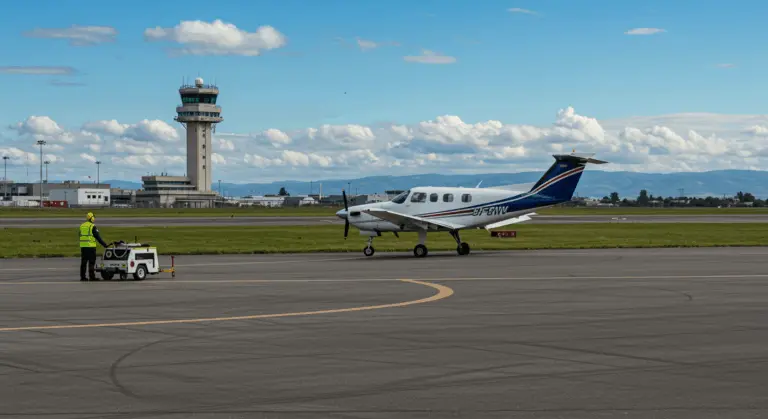Understanding the Forward Slip Maneuver in Aviation
What is a Forward Slip?
A forward slip is a deliberate maneuver where pilots employ opposing flight controls to generate substantial drag, allowing for steep descents without airspeed increases. This technique becomes essential during landing approaches when the aircraft sits too high or obstacles demand clearance.
Forward slips are especially important for aircraft lacking flaps or spoilers—machines with severely limited drag-enhancement options. Even aircraft with flaps and spoilers can use this technique, turning the fuselage into an improvised air brake that deliberately disrupts normal airflow patterns.
Techniques for Performing a Forward Slip
To execute a forward slip effectively, pilots should:
-
Reduce power to idle and establish the correct approach speed.
-
Extend flaps if permitted by the Pilot’s Operating Handbook (POH) for your aircraft.
-
Select a visual ground reference to maintain your intended ground track.
The core technique involves applying opposing aileron and rudder inputs in a coordinated fashion. Bank the aircraft using ailerons—preferably into any existing crosswind—while simultaneously applying opposite rudder to prevent unwanted turning. This deliberately cross-controlled state maintains the aircraft’s intended track while exposing the fuselage’s side profile to relative wind, significantly increasing drag.
Throughout the slip, use elevator inputs to maintain target approach speed. Too much nose-up risks a stall; too much nose-down invites dangerous acceleration. Recovery requires smoothly releasing control inputs to restore normal flight configuration, adding power as circumstances dictate.
Cross-Control Inputs in Forward Slip
While cross-controlling—applying opposite aileron and rudder simultaneously—usually signals danger, the forward slip represents a deliberate exception designed to achieve specific aerodynamic benefits.
The key difference between forward slips from sideslips in their control philosophy. Forward slips demand full, sustained rudder deflection with opposing ailerons to maximize drag for descent purposes. Sideslips, conversely, employ smaller, more nuanced inputs primarily for runway alignment during crosswind landings.
Applications of Forward Slip in Landing
The primary application involves correcting excessively high final approaches—whether caused by unexpected winds, ATC vectors, or pilot misjudgment. This technique enables rapid altitude loss without airspeed penalties, frequently saving approaches that would otherwise require go-arounds.
This technique is especially useful when clearing obstacles like towering trees or buildings on final approach. Pilots can maintain safe altitude over obstructions, then execute steep descents to the runway without accumulating excess speed that might cause problematic floating or runway overruns.
During emergencies such as engine failures, forward slips become critical glide path management tools. Precise energy management takes on life-or-death importance, and this maneuver helps prevent both undershoot and overshoot scenarios. For this reason, mastering slips is essential to pilot certification requirements.
Safety Considerations and Best Practices
A primary safety concern involves fuel unsporting—a phenomenon where fuel in partially filled tanks shifts away from pickup points during slips, potentially starving the engine. Pilots should always check their aircraft’s POH for specific limitations regarding slip maneuvers with reduced fuel loads.
Adverse weather conditions, particularly strong or gusty winds, make this technique much more dangerous. Icing conditions present additional risks, potentially causing asymmetric ice accumulation and unpredictable handling characteristics that could prove catastrophic.
Key best practices include:
-
Maintain Airspeed: Always keep sufficient airspeed to avoid a stall, as stall warnings may be unreliable in a slip.
-
Use Smooth Inputs: Enter and exit the slip with gradual control inputs to prevent abrupt attitude changes.
-
Practice Regularly: Maintain proficiency by practicing with an instructor at a safe altitude before using the technique on actual landings.
Understanding Aircraft Limitations
Pilots need to know their specific aircraft’s limitations, found in the POH. These restrictions often encompass flap configurations, fuel quantity thresholds, and permissible airspeed ranges. Some aircraft, for instance, strictly prohibit slips with full flaps due to control surface interference or structural stress concerns.
Airspeed management becomes particularly critical because disrupted airflow over the pitot tube can render airspeed indications unreliable during slips. This instrument unreliability can mask impending stalls or dangerous exceedances of structural speed limitations.
The aircraft’s center of gravity position significantly influences slip handling characteristics. Aircraft loaded near aft CG limits may exhibit diminished rudder authority or unpredictable pitch responses during slips. Knowing these details is essential for safe execution.
Practicing Forward Slip Maneuvers
Building skill requires structured practice within controlled environments. Begin at safe altitudes—minimum 3,000 feet AGL—during calm conditions with excellent visibility. This approach allows complete focus on technique development with generous recovery margins.
Select prominent ground references, such as straight roads, to simulate runway centerlines and practice maintaining precise ground tracks. As comfort levels increase, slowly increase bank angles and rudder inputs to safely explore your aircraft’s complete slip performance envelope.
Progress methodically from simulated approaches at altitude to actual landings under instructor supervision. Work on developing sound judgment for slip initiation and recovery timing. Keep scanning between outside visual references and critical flight instruments—particularly airspeed indicators and altimeters.

